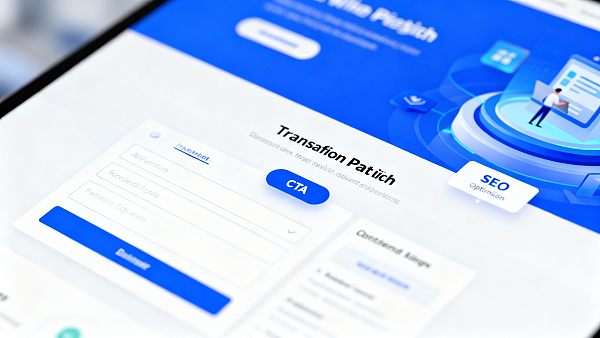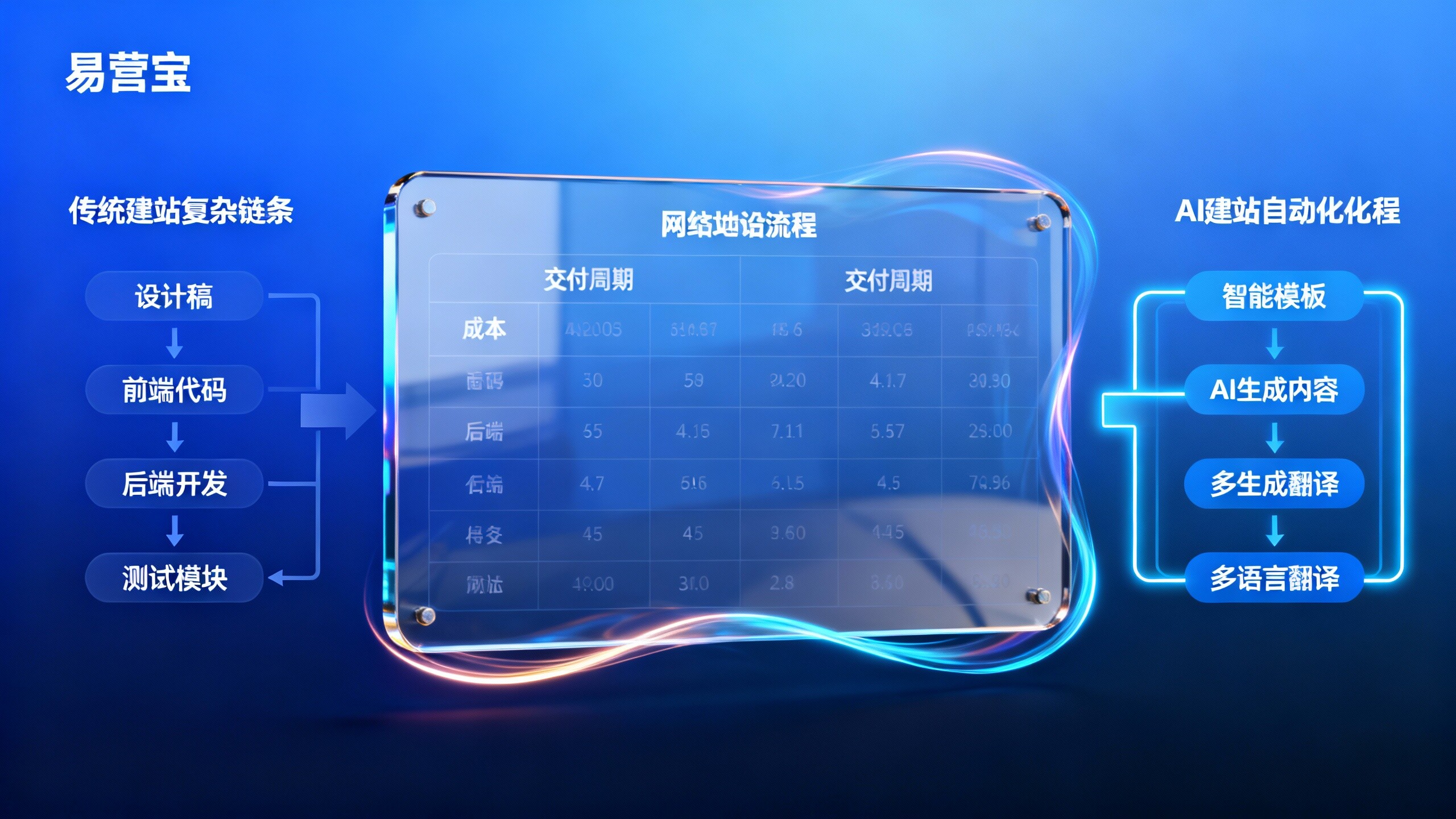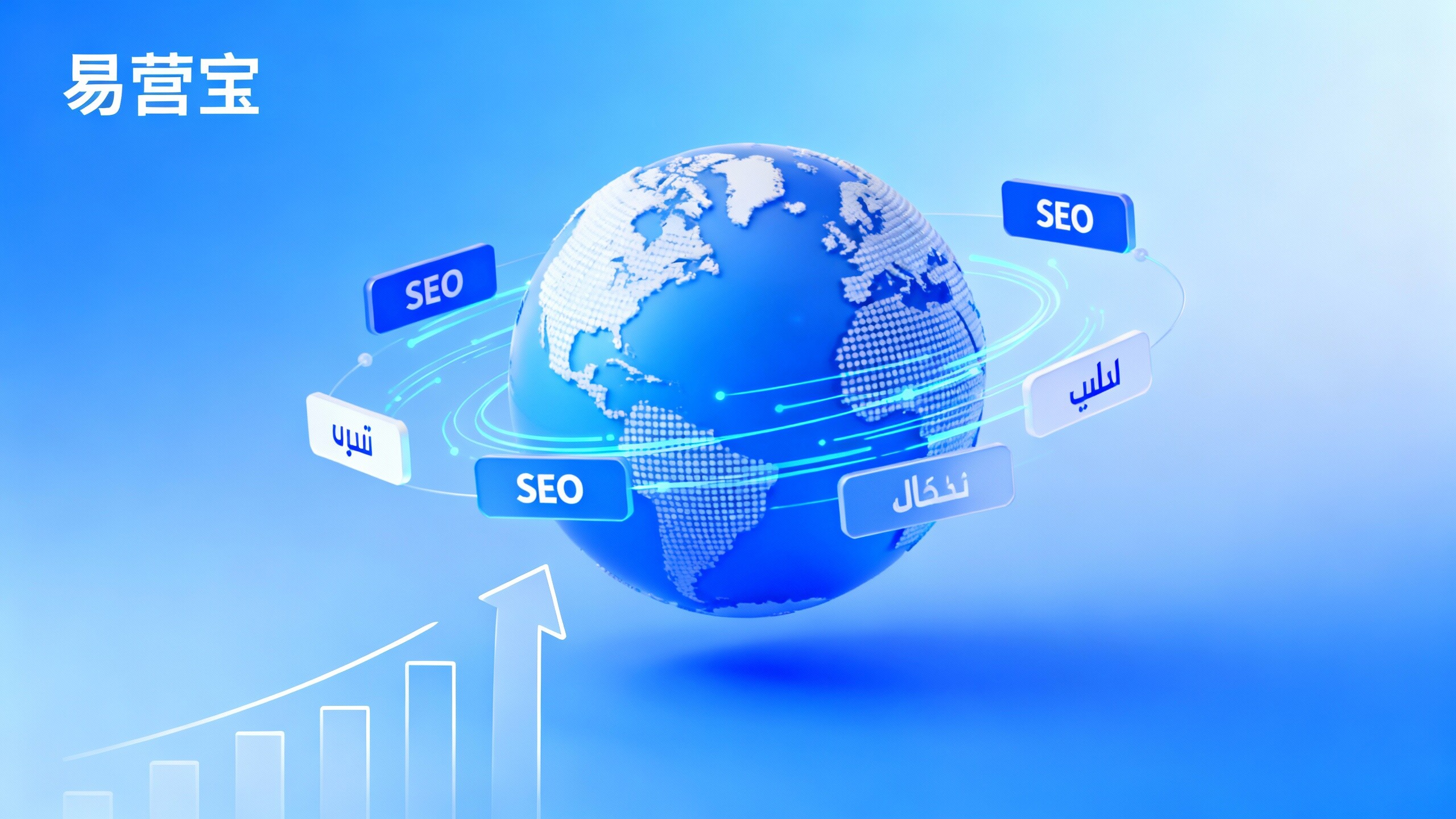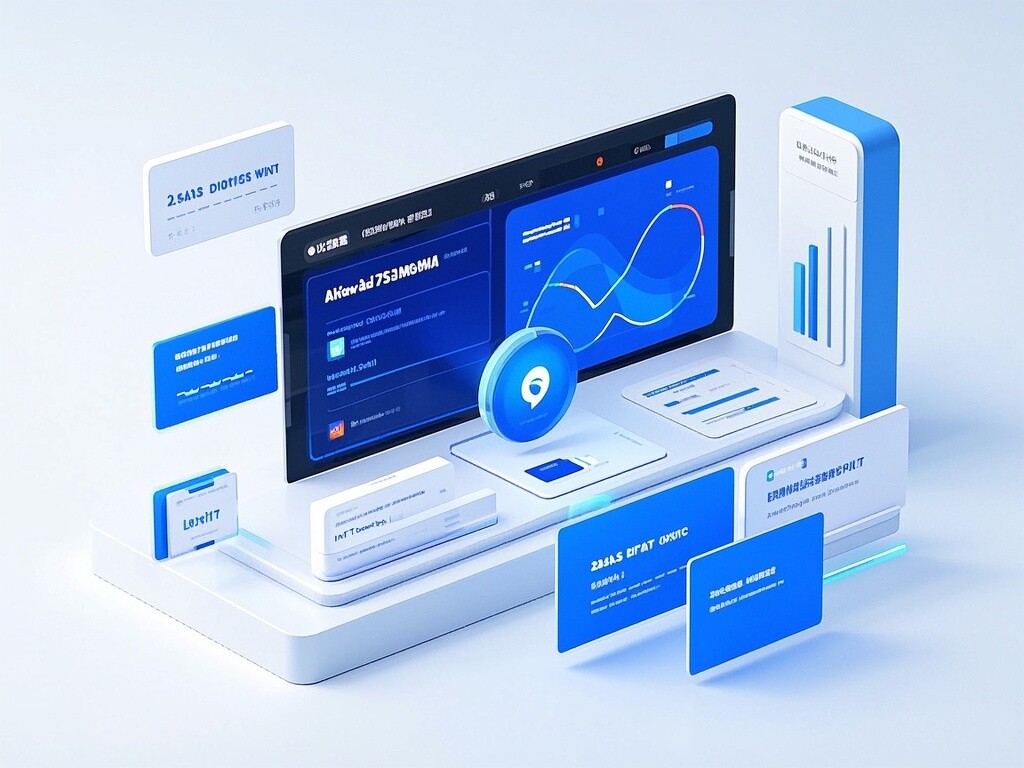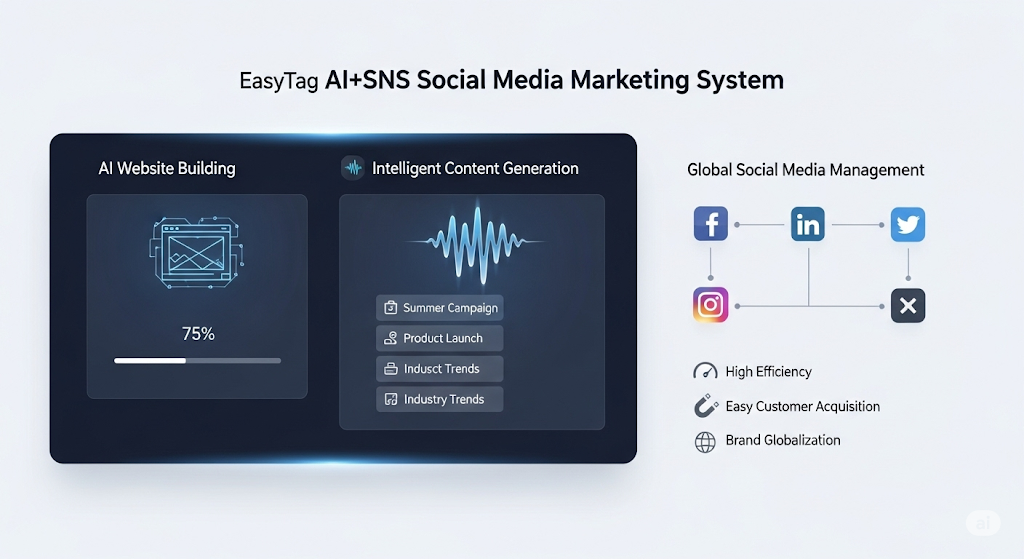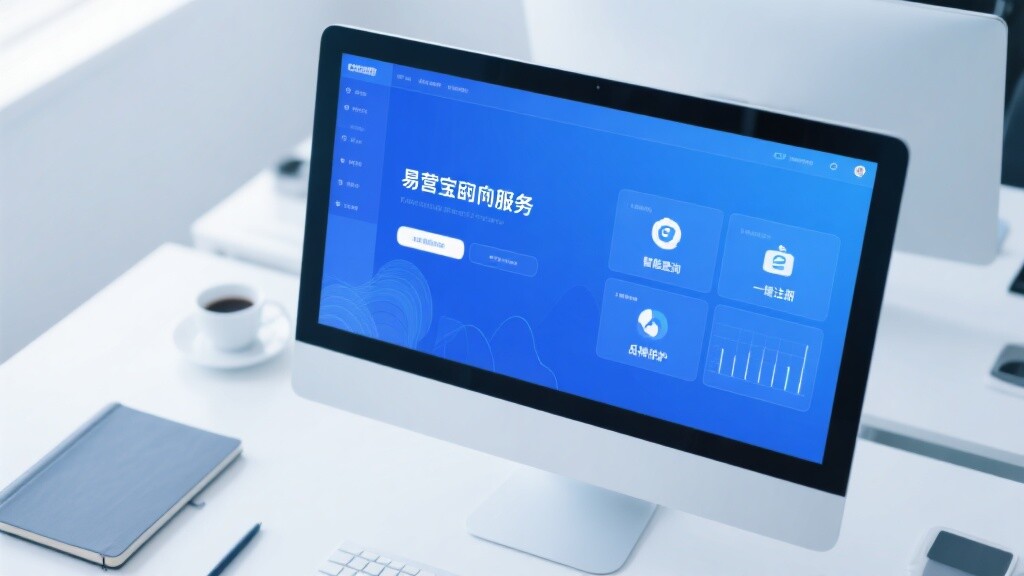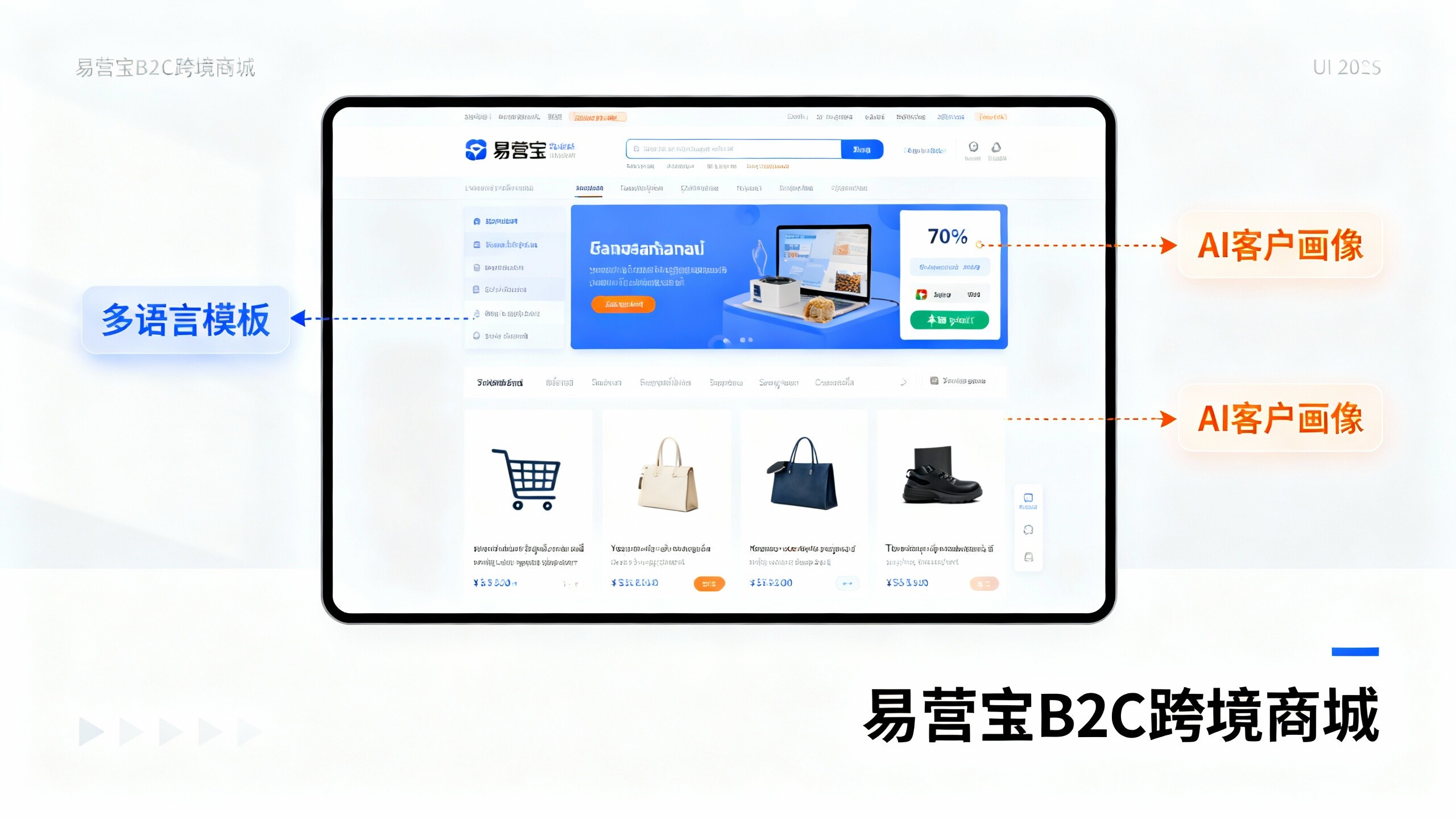- How to Build a Multilingual Website? Five Key Reliability Parameters for Vendor Evaluation2025-12-22View details
- How can a multilingual website help with foreign trade? Case study: Distributor channel growth tripled2025-12-22View details
- What is a multilingual website? A quick decision checklist for project managers2025-12-22View details
- Is AI Reliable for Multilingual Website Translation? Risk Points Quality Control Personnel Should Focus On2025-12-23View details
- How many languages does a multilingual website generally require? Language prioritization methods for different markets2025-12-23View details
- Why Must Foreign Trade Enterprises Have Independent Websites in 2024? Market Trend Analysis2025-12-20View details
- Independent B2B Website vs Marketplace: Which Better Suits Your Business Model?2025-12-23View details
- What is the difference between an independent foreign trade website and a platform store? How can businesses make a more advantageous choice?2025-12-22View details
5 Truths About Branding Failure: How to Avoid Stepping on the Mine with Corporate Official Website Construction and Marketing Websites?
Brand promotion failures are often due to discrepancies between corporate website construction and marketing website strategies. This article provides practical tips on avoiding pitfalls and optimizing key points for SaaS platform website building and cross-border marketing.
Brand promotion failures often stem from misalignments in corporate website construction and marketing website strategies. This article provides practical tips and optimization strategies for SaaS platform website building and cross-border marketing. Aimed at information researchers and users/operators, this article focuses on common pitfalls in corporate website construction, marketing website development, and responsive website design for international trade, and offers actionable technical and content optimization strategies to help SaaS platforms better acquire and convert customers in a globally competitive market. By reading this article, you will receive systematic advice on site architecture, multilingual content, technical performance, and localization execution, facilitating the rapid correction of key weaknesses in marketing websites.

Truth #1: Having a website doesn't guarantee customer acquisition—the cost of ignoring user journey and conversion design.
Many companies mistakenly believe that launching their corporate website or SaaS platform website is sufficient for brand promotion. In reality, the value of a marketing website lies in the conversion path from visitor to lead and from lead to customer. Ignoring user profiles, access points, and key touchpoints (such as product page to demo application, support documentation to FAQ guidance) leads to a "false prosperity" of high traffic but low conversion. In B2B scenarios, differentiated pages and CTAs should be designed based on different roles (purchasing, technology, operations, etc.), and conversion events such as forms, demo appointments, and white paper downloads should be integrated with the backend CRM to form a quantifiable funnel. Technically, responsive website SEO optimization is essential. Mobile first-screen loading, form experience, and crawlable structured data (schema) are fundamental to improving organic traffic and conversion. Simultaneously, WeChat mini-program configuration should be considered as a localized outreach tool, especially in the Chinese market, where the WeChat ecosystem can significantly shorten the decision-making process. Simply launching a corporate website often overlooks these details, resulting in a wasted brand promotion budget.
Truth #2: Template-based approaches and technical debt will erode long-term SEO and performance gains.
Many businesses tend to use ready-made templates to save costs when choosing responsive website building or SaaS website building services for foreign trade. However, the short-term convenience of templates translates into long-term technical debt: duplicate code, redundant scripts, unoptimized images, and unreasonable caching strategies directly impact page load speed and search engine rankings. Decreased page speed and SEO scores lead to a loss of organic traffic, especially in highly competitive niche markets like cross-border marketing. Solutions include using global CDN nodes, on-demand loading of front-end resources, lazy loading strategies for images and multilingual resources, and regular site evaluation and performance monitoring. For foreign trade websites, it's crucial to ensure server nodes cover the target market and comply with local regulations. Using semantic tags and structured data in HTML improves visibility in search results. Furthermore, when building a website on a SaaS platform, prioritize systems that support multiple languages and offer deep customization to avoid the high costs associated with rebuilding the site later for expansion needs.
Truth #3: Inadequate language and content strategies are a hidden cost of cross-border marketing.

One of the core obstacles to cross-border marketing is not simply translation, but localization and continuous content updates. Many companies use machine translation or simple human translation, neglecting regional terms, units of measurement, and cultural contexts, resulting in responsive website content that lacks persuasiveness for target users. To address this issue, a human-machine collaborative multilingual content strategy is recommended: first, a high-quality AI translation engine generates basic text, then local editors refine and adapt it, while maintaining dynamic content synchronization to ensure that marketing activities and product updates are consistent across language sites. In practice, tools that support multilingual translation and localization optimization can amplify the effect; for example, using a translation center that covers 249 languages, improves translation accuracy, and complies with GDPR can not only generate multilingual websites with one click but also automatically adapt local units of measurement and regional terms, significantly reducing maintenance costs and increasing content reach. Combining these strategies, companies can significantly reduce communication costs and improve conversion efficiency in cross-border marketing. A typical example of such tools is the EasyTranslate AI Translation Center , which has significant advantages in multilingual coverage and dynamic content synchronization.
Truth #4: The disconnect between advertising, social media, and data systems prevents the formation of a closed-loop growth cycle.
Another common reason for brand promotion failure is channel fragmentation: ad placement, social media operations, and on-site data analysis are not interconnected, leading to low optimization efficiency. Excellent SaaS platform website builders and marketing websites should integrate customer acquisition channels with data from advertising platforms (Google Ads, Meta, Yandex, etc.), utilizing AI ad diagnostic tools to monitor account structure, keyword performance, and creative effectiveness in real time, and achieving rapid iteration through automated optimization suggestions. Automated social media operations should not be limited to scheduled posting but should combine audience profiling, interaction data, and landing page performance to form a closed loop from exposure to lead generation. In terms of technical implementation, it is recommended to use unified metric dashboards, UTM parameter specifications, and event tracking (including GA4 or Server-side Tracking) to ensure that every campaign can be traced back to its ROI. For companies looking to expand their market through city partners, centralized data capabilities can also provide local teams with refined campaign templates and creative libraries, improving implementation efficiency and consistency, thereby reducing trial-and-error costs and shortening the customer acquisition cycle.
Truth #5: Insufficient localization and execution make it difficult to implement the city partner strategy.
Many SaaS companies neglect building localized execution capabilities when developing city partner or channel expansion strategies. City partners not only need sales and operational skills, but also website maintenance, responsive website SEO optimization, and localized content production capabilities. Common problems during implementation include the inability to update multilingual content in a timely manner, a lack of compliance awareness (such as privacy policies and data storage rules), and technical shortcomings in configuring WeChat mini-programs or integrating local payment channels. To improve the execution capabilities of city partners, companies should provide reusable website templates, standardized SEO and content guidelines, and easy-to-use SaaS platform backend permissions and training. Simultaneously, by establishing regionalized technical support and regular review mechanisms, brand building can be combined with local promotion, avoiding damage to brand consistency due to execution deviations. A mature city partner system can transform the technical advantages of a company's website construction into replicable market growth points.
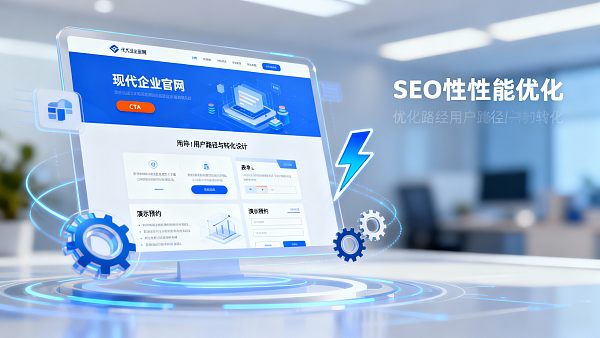
Summary and Action Guidelines
Reviewing the five truths above, successful brand promotion relies on systemic thinking: a clear conversion path, a scalable technology platform, a rigorous multilingual content strategy, a seamless advertising and data loop, and a city partner network with localized execution capabilities. For companies seeking long-term returns in cross-border marketing and SaaS platform website building, it is recommended to prioritize evaluating website conversion design, page performance, SEO fundamentals, and multilingual capabilities, and incorporate these elements into budgets and KPIs. YiYingBao, leveraging its technological expertise in AI-driven website building, AI advertising intelligence, and social media automation, provides clients with closed-loop solutions from website building to customer acquisition and conversion; its AI translation center offers direct support for cross-border expansion in terms of human-machine collaboration, multilingual coverage, and compliance.
If your team is facing bottlenecks in brand promotion and corporate website development, we recommend conducting a comprehensive site and campaign diagnostic to identify and prioritize the remediation of critical breakpoints in the conversion funnel. To learn more about enterprise-level solutions and customized implementation plans, please contact us immediately or schedule an expert consultation to obtain a practical roadmap for responsive website construction and responsive website SEO optimization for international trade. EasyCreative AI Translation Center can serve as a starting point for cross-border content solutions, helping you quickly achieve multilingual coverage and localized conversions. Contact us now to learn more about our solutions and city partner collaboration opportunities, and embark on an efficient path to global growth.
- Campbell (name)
- Multi-language website
- SEO optimization
- AI translation
- AI translation engine
- City Partners
- Enterprise official website
- Website seo optimization
- Website
- Social Media Operations
- Google Ads
- SEO
- social media automation
- responsive website
- Responsive Website Development for Foreign Trade
- Responsive Website SEO Optimization
- Marketing Website
- WeChat Mini Program Configuration
- Corporate Website Development
- Corporate Website Development
- Cross-border Marketing
- SaaS Platform Website
- Brand Promotion
Related Articles
 Why should businesses create multilingual websites? Evidence-based analysis on reducing after-sales costs
Why should businesses create multilingual websites? Evidence-based analysis on reducing after-sales costs What is the difference between AI website building and traditional website construction? Cost and delivery cycle comparison table
What is the difference between AI website building and traditional website construction? Cost and delivery cycle comparison table Does a multilingual website benefit SEO? Technical implementation report on actual search traffic measurements
Does a multilingual website benefit SEO? Technical implementation report on actual search traffic measurements
Related Products


